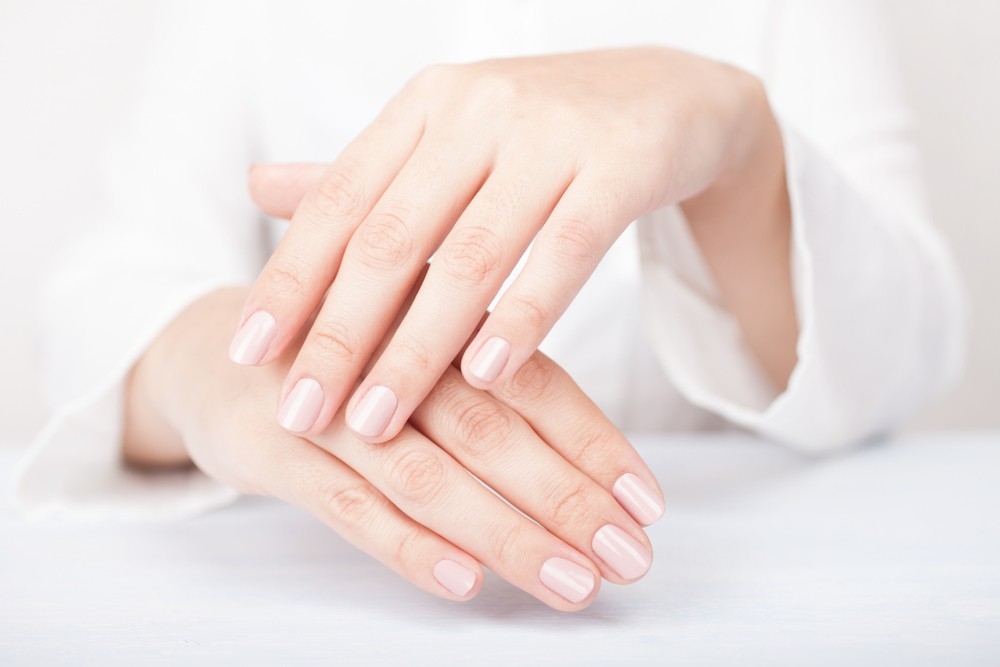Contents
- What do nail ridges mean?
- Is there a cure for ridged nails?
- Different nail ridge types
- Nail ridge removal methods
- What significance do nail ridges have?
- When a nail ridge worsens, medical attention is warranted
- Is arthritis a cause of ridges in the nails?
- Is it possible to undo nail ridges?
- Can ridges in the nails be avoided?

Do you want to know why your nails have ridges? If you pay attention to the condition of your fingernails, you might learn a lot about your overall health. Changes in the color, form, or even texture of your nails may indicate a health issue.
Nails are produced from the living skin cells found on our fingertips, which is common knowledge at this point. In the event that you notice that your hands and nails are becoming overly dry and brittle, this might cause nail ridges.
Protein, iron, calcium, and vitamin deficiencies can be fatal, thus a nutritious diet is essential. If you keep reading, you’ll learn what causes nail ridges and why you’re experiencing them. Proper nail care with Maby blog.
What do nail ridges mean?
When white spots or lines run down the nail bed, it’s common to see nail ridges, which are depressions in the fingernails. These can be laid across the fingernail in a horizontal or vertical orientation. The ridges don’t hurt at all. As a rule, it causes a grove to form across the nail.
Older people tend to have more pronounced vertical ridges. Nail ridges, whether vertical or horizontal, usually aren’t something to worry about.
Is there a cure for ridged nails?
Age, like wrinkles on the skin, is the leading cause of ridged fingernails. Nail ridges are more common in those whose nails are naturally weak or brittle. However, there are many more causes of ridged fingernails.
Nails can become brittle and prone to ridges from everyday activities like applying hand sanitizer or strong acetone. Nail changes, such as the appearance of vertical ridges, can be accelerated by the stresses of modern life.
Anemia and arthritis are only two of the diseases that can generate vertical ridges in the nail bed.
Nail ridges that run horizontally across the nail bed are unusual and may indicate a health problem. Nail ridges that run horizontally could be a sign of:
- Diabetes
- Thyroid irregularities
- Kidney disease
- Finger injuries
- Other physiological stressors
A doctor or dermatologist should be consulted immediately upon the discovery of horizontal nail ridges or discolouration associated with nail ridges.
Different nail ridge types
Vertical ridges on nails
Fortunately, ridges aren’t necessarily dangerous to your health, so there’s no need to panic right away.
If you have this particular kind (a vertical one), you don’t need to worry about anything. They manifest after an injury or unhealthy lifestyle.
Avoid getting a cut by being more careful with your nails the next time, and make healthy food choices at all times. You won’t have to worry about this nail ridge for much longer.
Horizontal
A medical problem is indicated by this nail ridge form. They are as depicted in the image, if not more hideous.
White lines on top are a telltale sign of arsenic poisoning. If you aren’t, then you’re not working with Beau’s people. Beau lines are a symptom of some much more serious and frightening medical conditions, including but not limited to:
- Bad circulation
- Diabetes
- Malnutrition
- Mumps
- Thyroid disease
Vitamin
You need that vitamin B to promote cell growth. Nails become brittle when you don’t get enough vitamin B-12, which helps strengthen them. In time, your nails will develop ridges.
You need iron; we told you so. White patches will appear on your nail bed if your body doesn’t catch the message. Those appear to be really unsightly and may remain permanently.
In addition, you can supplement your diet with vitamins and minerals, such as zinc and calcium, if you find yourself deficient.
Nail ridge removal methods
Nail ridges can be difficult to avoid, but there are steps you can take to smooth out your nails and maybe even stop them from growing again. Dry, ridged nails can be remedied by regularly hydrating the fingers and fingernails, massaging the hands, and lightly buffing the nail bed.
The only approach to treat nail ridges caused by a medical issue is to treat the underlying medical problem. Different medical procedures are required to treat various illnesses.
If you have diabetes, keeping your blood sugar in check will help you avoid or treat ridges. Topical ointments that alleviate the symptoms of eczema may help with the ridged nails that result from the skin condition.
While there are remedies you can try at home, your best bet for eliminating and avoiding nail ridges is to consult a dermatologist. Some techniques, if not performed properly, might cause additional harm to the nails and nail beds, leading to ridges and other issues. A dermatologist can determine the best method for treating ridged nails without causing any harm.
FAQs
We now understand the origins and causes of nail ridges. Let’s examine some additional frequently asked questions for those of you who may still be confused.
What significance do nail ridges have?
Nail ridges are a sign that the nails have changed throughout time. If you have horizontal ridges or ridges that are a different hue, you should see a doctor.
When a nail ridge worsens, medical attention is warranted
If a nail ridge is horizontal or discolored, medical attention is recommended.
Is arthritis a cause of ridges in the nails?
Unless accompanied by nail discolouration, nail ridges are not often indicative of arthritis.
Is it possible to undo nail ridges?
The ridges in your nails can be eliminated if you moisturize your nails regularly and give your hands regular massages to boost circulation.
Can ridges in the nails be avoided?
Finger, nail, and hand hygiene, as well as the management of medical conditions like diabetes, can all reduce the likelihood of developing nail ridges. Nail ridges brought on by aging can be avoided by regular moisturizing, massaging, and supplementing with vitamins that strengthen nails. Talking to a doctor or dermatologist might help you avoid health problems that produce ridges in your nails.
Nail ridges aren’t something you need to worry about because they aren’t particularly frequent. They don’t exactly spark joy, but aesthetics shouldn’t be your top priority.
Taking care of your nails and practicing good hygiene should be your first focus if you want to avoid this.
If you’re otherwise healthy and eating properly but still experiencing these symptoms, medical attention is warranted. Checking in on a regular basis could provide previously unknown information. In addition, please refer to: Is it unhealthy to bite your fingernails?
